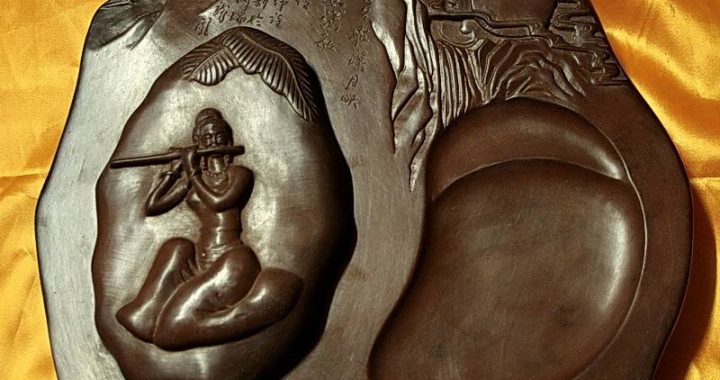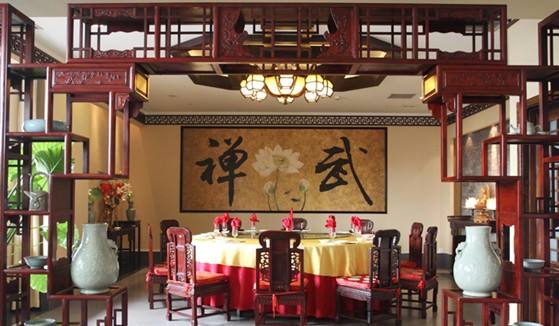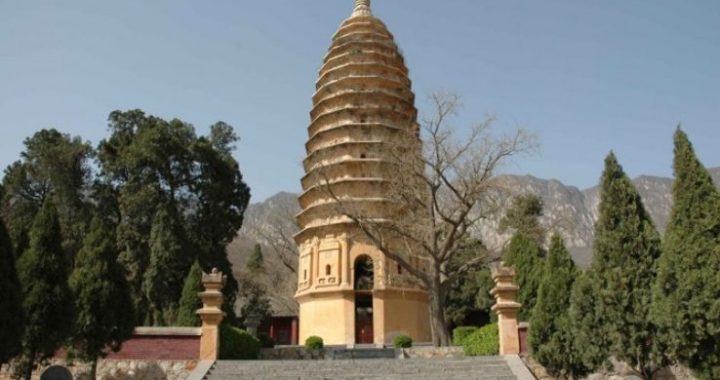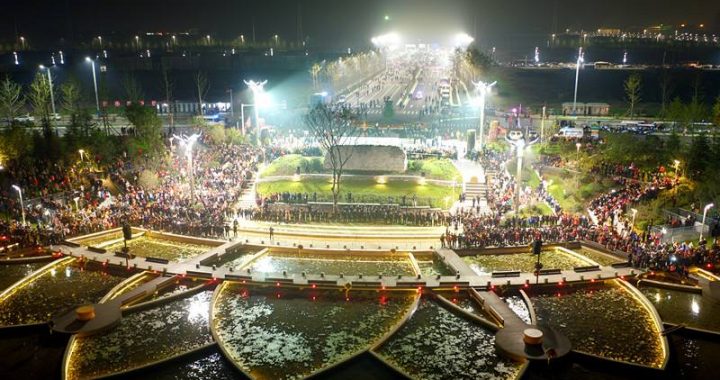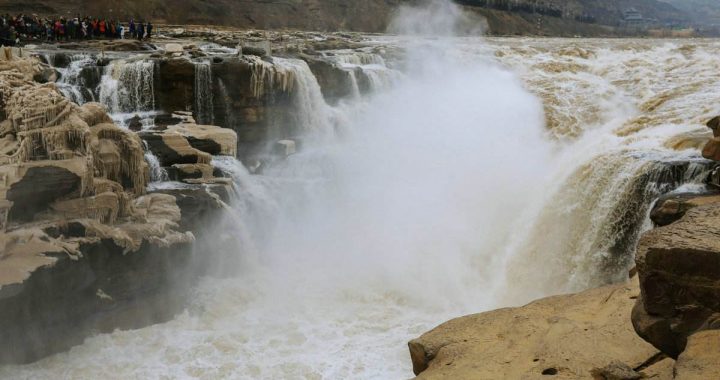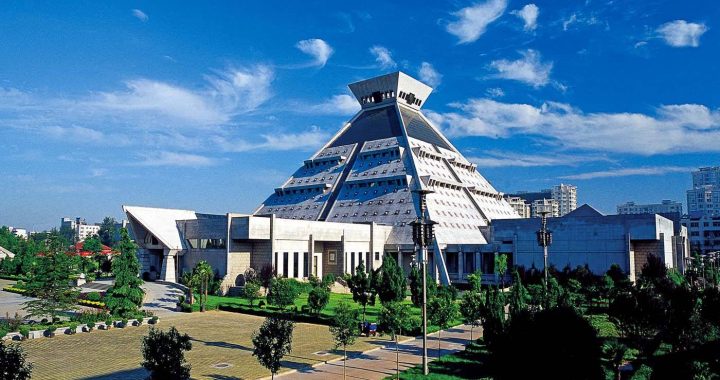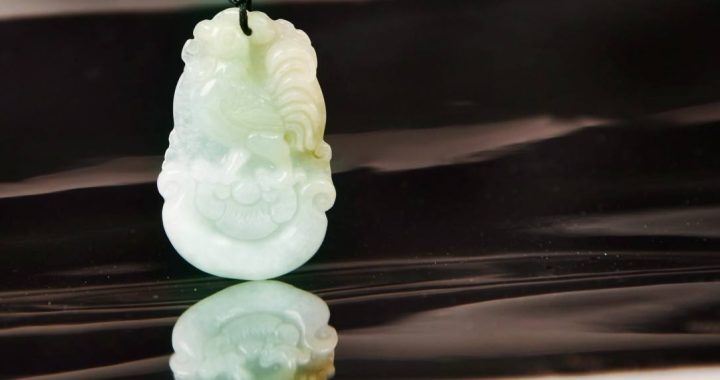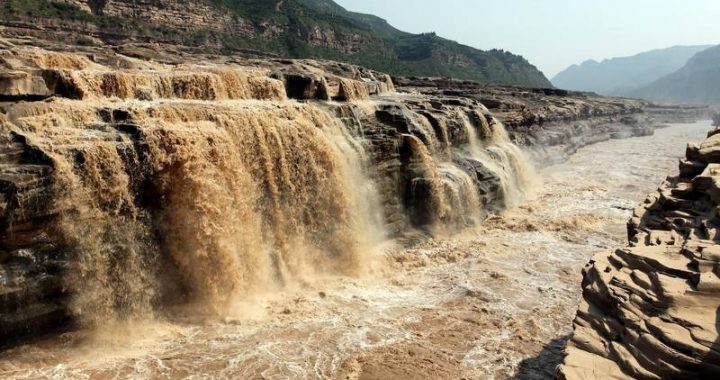Songyue Pagoda
6 min readBuilt in the fourth reigning year of Emperor Xiaowen (523) of the Northern Wei dynasty, Songyue Pagoda is the earliest multieaved brick pagoda that is extant in China today. It takes an important position in Chinese architectural history due to its unique structure. In 1961, it was announced by the State Council as one of the Major Historical Relics Preservation Units.
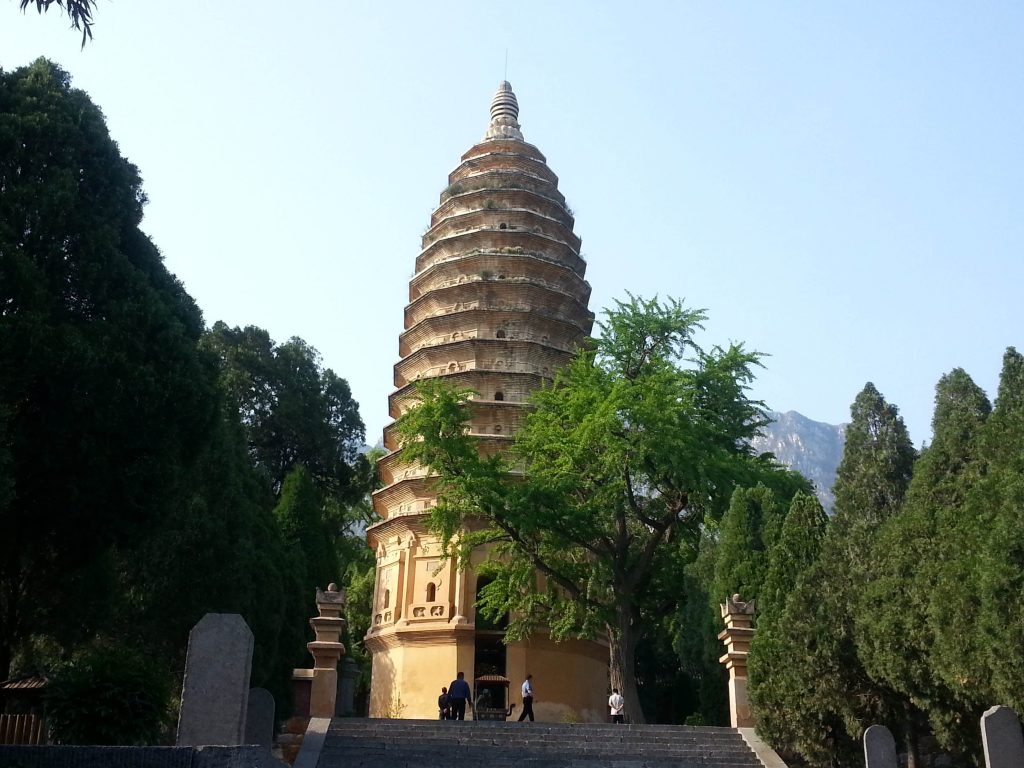
Songyue Temple, located at the foot of Mount Song, used to be a temporary palace for the imperial family in the Northern Wei dynasty and was built under the edict of Emperor Xuanwu. Since few imperial members came to stay here in the reign of Emperor Xiaoming, it was given as a present to Buddhists for religious use in the name ofXianju Temple. It was renamed as Songyue Temple in 601, the first reigning year ofRenshou in the Sui dynasty.A group of Buddhists built another three temples with flush gable roofs at the northern side of this pagoda in the late Qing dynasty.
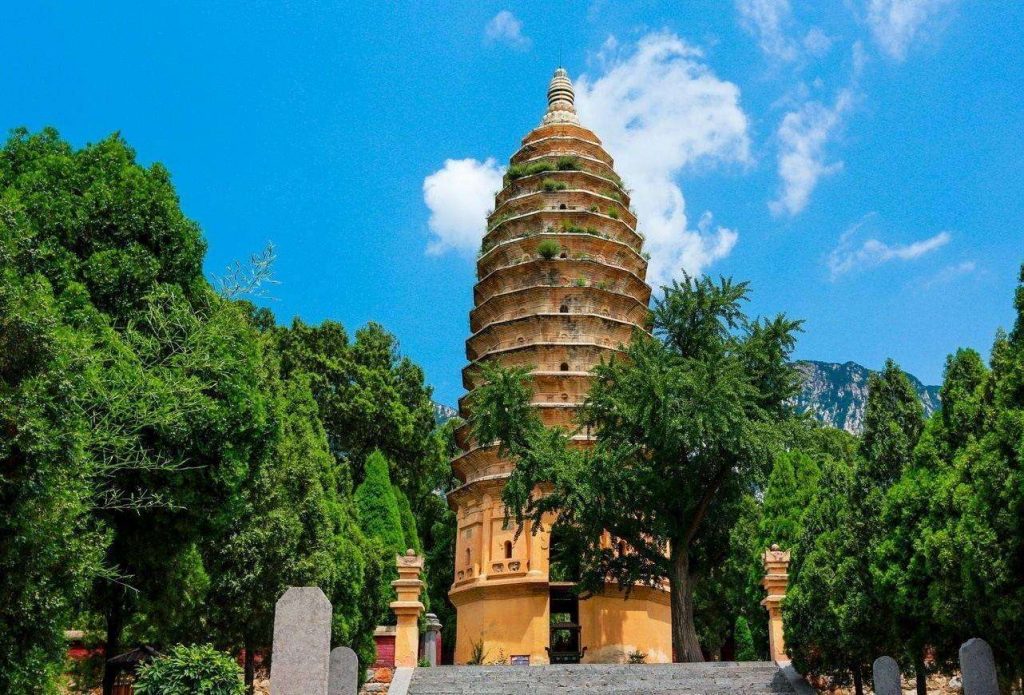
Perhaps due to a shortage of money, they were unable to set up larger ones. Today, the temple has already disappeared, leaving only the pagoda still standing and telling the stories of the past. There are two ancient steles in the pagoda: one is Respected Monk Dazheng Epigraph in the fourth reigning year of Dali in the Tang dynasty (769) and the other is Monk Xiao Epigraph of the Tang dynasty.
Why is there only a pagoda but no temple left? There is an interesting story about it. Long long ago, there lived a young monk in Songyue Temple. He was responsible for cleaning the rooms in the pagoda. He worked hard and was liked by all monks. One day, when he was doing the cleaning as usual, he suddenly found himself flying upward into the air and then landing onto the ground slowly. The young monk was amazed and overjoyed at the thought that he might have achieved th spiritual destination. Every time he flew into the sky, he would put both palms together and chant scriptures, praying to Buddha. Higher and higher he flew. Until one day, when he was about to reach the top floor, he thought it was the time to sagoodbye to his teacher who treated him well in the daily life. He told his teacherabout it happily. Having heard his words, the old monk felt there must be something wrong. So he required the young monk to fly again in front of him. The young monktried hard, but failed to do so. He asked his teacher to go to the pagoda and see with his own eyes.
Early next morning, the old monk arrived in the pagoda and was surprised to see that the young monk was flying indeed. Feeling strange, he looked around trying to figure out the situation. Not until the time when the young monk was about to get tthe top did he find that a huge python was lying at the roof with its mouth widely open, trying to suck the young monk into its stomach. The old monk was frightened and cried out:”Python!”The python was scared and went away, leaving the young monkdropping down to the ground and frightening to death. The old monk ran away of the pagoda, carrying the stiff young monk on the back. He called all the monks in thetemple together and lighted a fire inside the pagoda to burn the huge python to death in case that it might come to hurt people. The python was killed in the fire, but wooden stairs and ceiling were also burned. Only a hollow pagoda with no stairs and ceiling was left since then.
After all, it is only a legend. Today, historians generally believe the reason that Songyue Temple disappeared is that it was eroded by natural calamities and lacked appropriate protection during the long history. However, Songyue Pagoda remained elegant after thousands of years thanks to its unique construction structure.
The shape of Songyue Pagoda is dodecagonal, and the length of each line is 2.74 to 2.93 meters. There are 15 stories inside the pagoda, reaching a height of 37.045meters, which is rare among all Chinese pagodas. Each story except the first one is covered with multiple eaves made of brick. At the top is a pinnacle. The eaves arched inwards with archways and window lattices building on the short walls between them. The upper eaves are smaller than the eaves straightly downside by a fixed percentage, making a perfectly parabolic curve seen from outside. The pinnacle is as tall as 4.745 meters, consisting of a base,a lotus-like upturned alms-bowl, alotus-like flower base, seven layers of Buddhist wheels and precious pearls.
Except that its niches are covered with stones, Songyue Pagoda is made of flashed bricks holding together with clay mortar. The waist eaves in the middle divide it into two parts. Pillars are masoned on the corners of the upper part, on the top of which flaming pearls and lotus petals are decorated. These pillars are in the shape of polygons, and stand on bases that shaped like a reversed plate. Besidesthe four doors opened on each side, eight stupa-like niches are carved on each side of the upper part, rising away from the pagoda. There used to be a Buddha statue in each niche, but all have been destroyed by now. Colorful painting can still be recognized on the walls inside the niches. On the front side of each niche carved two pot-shaped gates. One brick lion stands inside each gate and all the lions are of different postures. Its lower half are made of plain bricks without any decoration.
The inside part of Songyue Pagoda is hollow, similar to most Chinese ancient pagodas extant today. Eight layer of eaves divided the whole pagoda into nine stories, which is quite different from its real number of 15 stories. This is one major feature of multieave-style pagodas: the inside stories are actually far less than the layers seen from outside. There is an arched door on each side of the pagoda-east, west, south and north -with the lintel in the shape of sharp curve.
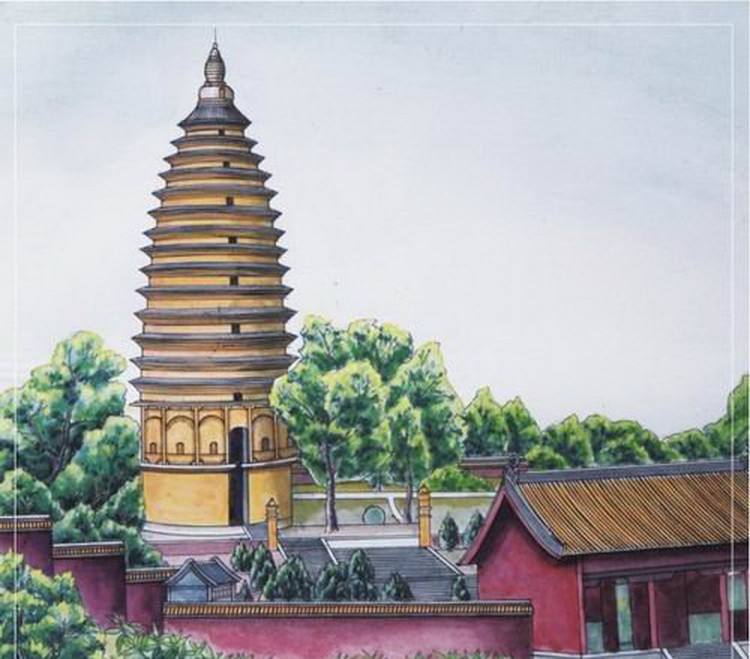
On the southern side in the pagoda are seven small doors connecting with the outer wall used for ventilating. Seldomly can any light come in the pagoda through these doors. Opposite to it, on the northern side are some wood and holes for inserting the wood remaining. This should be the simple structure for climbing at that time.
At the top of the pagoda is a 1.4-meter-high octagonal caisson ceiling made of corbel bricks.
The maintenance workers accidentally found an underground palace under the base when they were repairing the pagoda in 1989. The structure of this dome top underground palace is square plane with four walls raising outward. Such a structure is quite usual in the Northern Wei dynasty. The cracks of the underground palace walls are stuck by reddish mortar, the same material used for building corridors an the body part. Besides, the underground palace is not the way as it was built, but that after several reparations afterwards. At that time the ancients had a habit ofinscribing on the walls when they got into the underground palace. Judging from the date of the inscriptions, this underground palace has been opened several times in history but was repaired only in the Tang dynasty. At the same year when the maintenance workers were cleaning up the antiquities inside the pagoda, they were surprised finding Buddhism treasures-Buddha sarira. On the bottom of the white porcelain plate, under which the bottle with sarira was put, the workers found a pattern of three characters “Tower Building Place”that equal to trade marks used today. Sarira found in the bottle are as small as mung beans and in the color of red, white or black. Red ones are made of meat, white ones of bone and black ones of hair. These sarira have been re-distributed -some of them are still kept in Dengfeng, Henan province, where Songyue Pagoda is located, and others are transferred to Ancient Architecture Protectorate of Henan province and preserved in Henan Museum later.
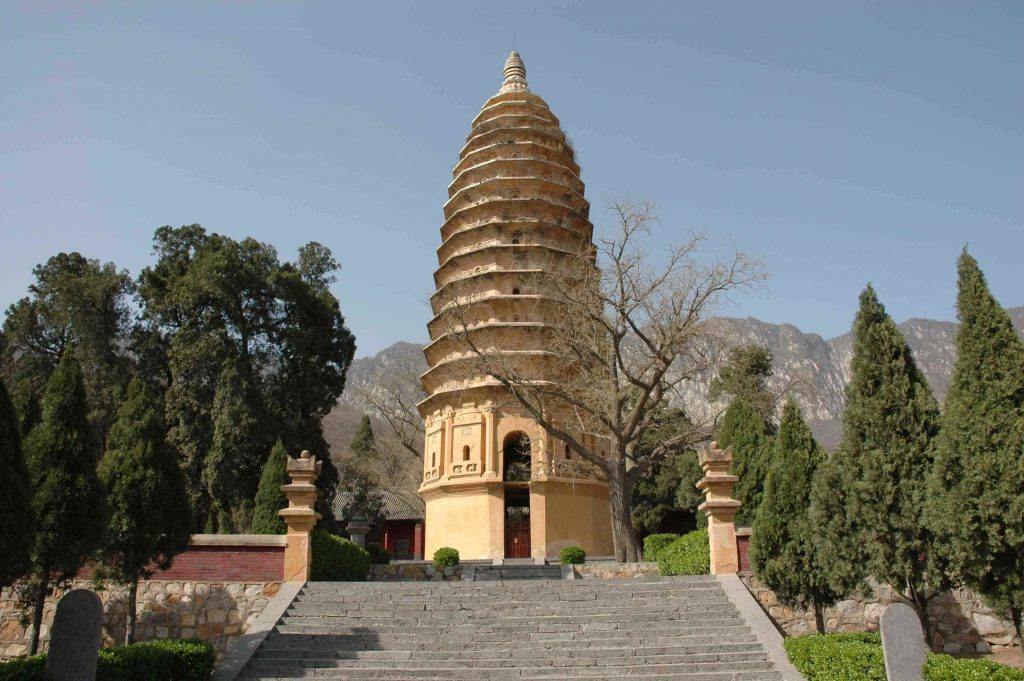
Towering and erect in appearance, gentle and smooth in outline, Songyue Pagoda is regarded as a piece of artwork among all pagodas. On October 6th,2002, Doctor Henry Clare from the UK came here for investigation as cultural heritage investigator of UNISC0. Accompanied by a group of Chinese staff, Doctor Henry wasexcited and overjoyed at the sight of the pagoda. Feeling confused, Chinese staff asked him why he behaved like this. He finally explained that he liked his pagoda so much that he wanted to put it in the world cultural heritage list right now. The charm of Songyue Pagoda can be seen through this incident.
